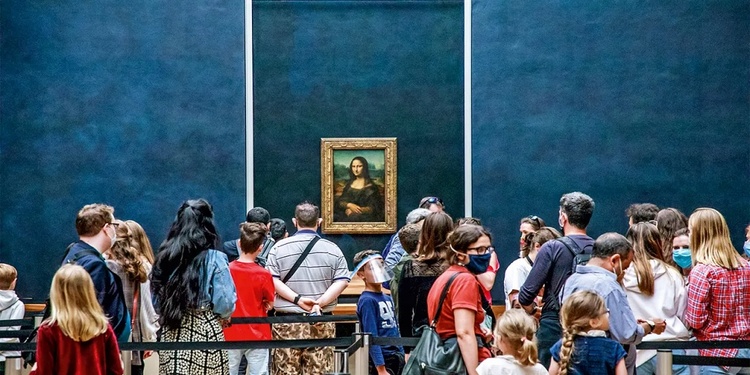
The 15 greatest painters in art history
To be considered one of the greatest painters in history requires a special combination of technical skills, creative thinking, originality and determination.
Combined, all these attributes produce excellent works that continue to move, a few hundred years after their initial creation.
We selected a list of the top 15 names – according to Jessica Stewart, curator and art historian who works at My Modern Met – taking all these factors into account.
While there may be disagreements regarding the examples listed below, there is no denying that the selected artists made a huge impact on art and culture as we know it.
Index
1. Leonardo da Vinci (1452–1519)
2. Michelangelo (1475–1564)
3. Raphael (1482–1520)
4. Artemisia Gentileschi (1593–c. 1656)
5. Rembrandt (1606–1669)
6. William Turner (1775–1851)
7. Claude Monet (1840–1926)
8. Mary Cassatt (1844–1936)
9. Vincent van Gogh (1853–1890)
10. Gustav Klimt (1862–1918)
11. Pablo Picasso (1881–1973)
12. Georgia O'Keeffe (1887–1986)
13. Frida Kahlo (1907–1954)
14. Jackson Pollock (1912–1956)
15. Basquiat (1960–1988)
Leonardo da Vinci (1452–1519)

Mona Lisa (1503)
Leonardo da Vinci not only experimented with media, but also innovated in different ways to create impressive compositions, the techniques of which are still used today.
He was also an early advocate of studying anatomical models to perfect his craft, something that was illegal at the time.
Michelangelo (1475–1564)
 FRESCO – Sistine Chapel (1512)
FRESCO – Sistine Chapel (1512)
Michelangelo was a sculptor, painter, architect and poet. He distinguished himself at the age of 20 for his sculptures of the Pietá (1499) and David (1501) and consolidated his fame with the ceiling frescoes of the Sistine Chapel (1508-1512).
He was praised for the complexity of his art: physical realism, psychological tension, sense of space and good use of light and shadow.
Raphael (1482–1520)
 The School of Athens (1510)
The School of Athens (1510)
Ranked among the great masters of the Full Renaissance, a painter of unsurpassed qualities, Rafael lived in search of perfection, harmony and balance, inspired by classical concepts.
With a pleasant personality, figures of rare beauty represented in a harmonious, delicate, emotional and, mainly, religious space, the artist knew how to relate to and please church representatives like no one else.
Artemisia Gentileschi (1593–c. 1656)
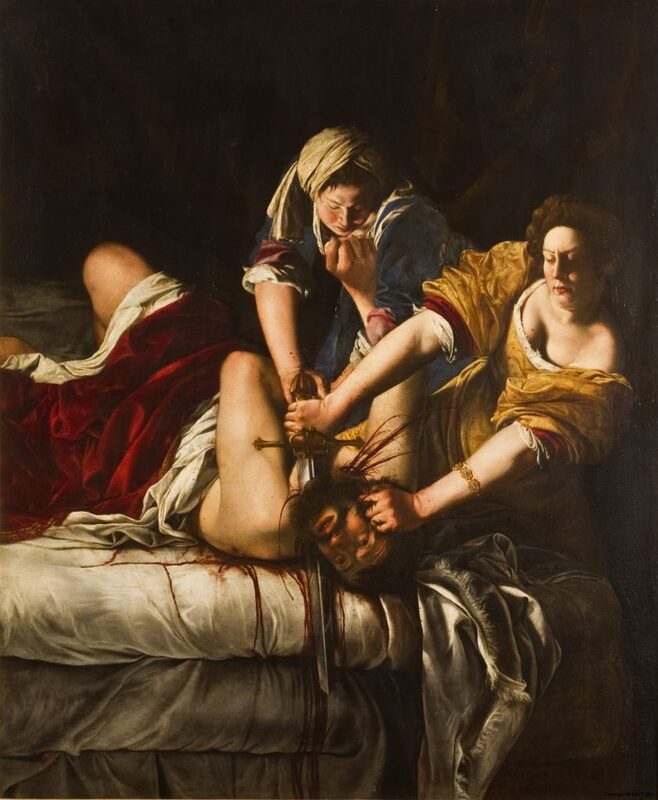 Judith decapitating Holofernes (1613)
Judith decapitating Holofernes (1613)
Artemisia Gentileschi was one of the most successful painters of her time, becoming the first woman to be a member of the academy of painting in Florence. Many of her themes are of female characters that appear in different passages of the Bible, but her fame as a painter began with portrait painting.
The artist was invited to paint several portraits of nobles of the English court.
Rembrandt (1606–1669)
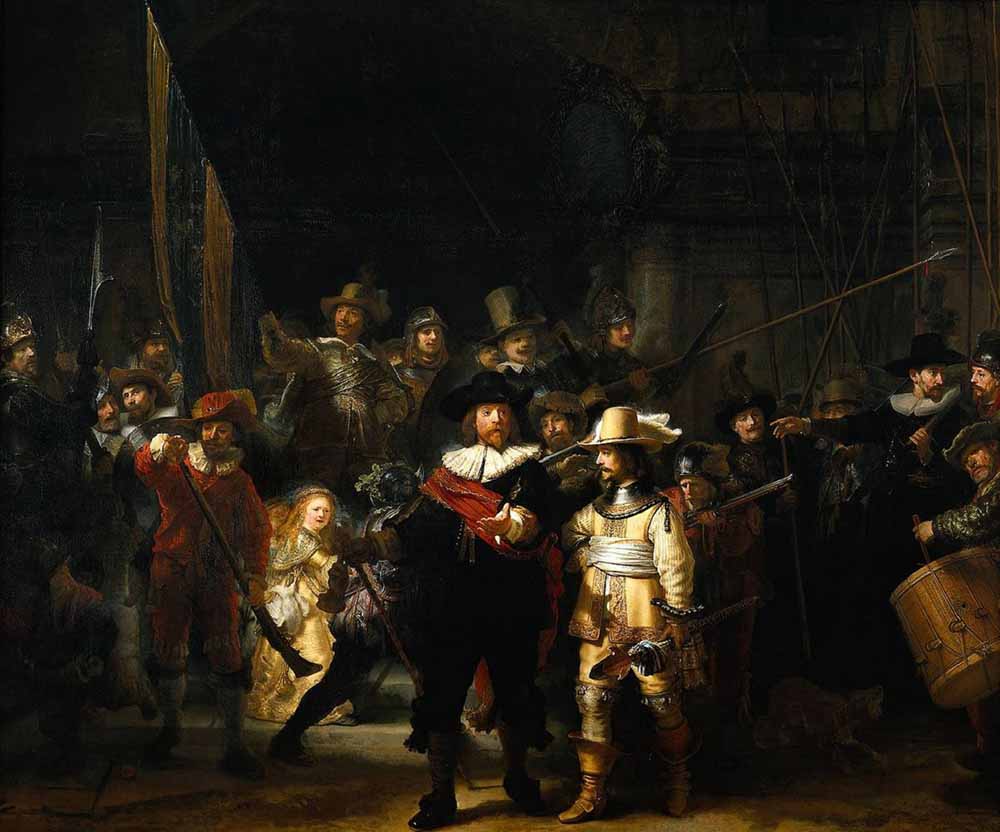 The Night Watch (1642)
The Night Watch (1642)
The artist had a keen eye for the ordinary in the midst of the extraordinary and ended up taking everyday life into his paintings.
He worked with innovation in the use of light and shadow in his portraits, self-portraits, sacred and historical works.
William Turner (1775–1851)
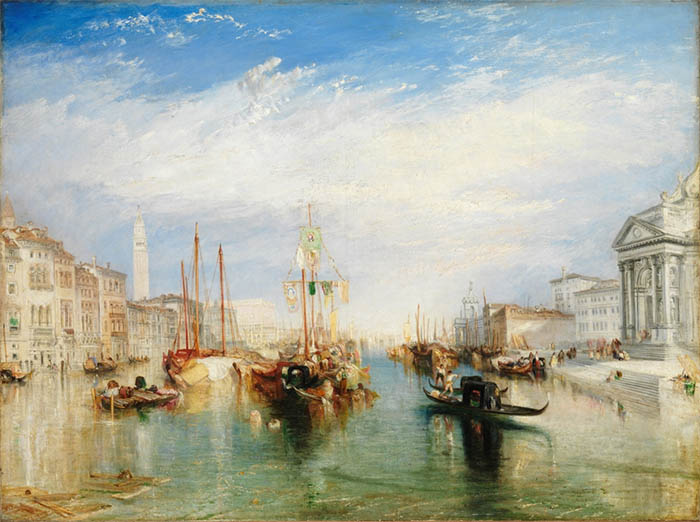 Venice, from the Portico of Madonna della Salute (1825)
Venice, from the Portico of Madonna della Salute (1825)
William Turner stands out in landscape painting with a picturesque and Enlightenment bias at the turn of the 18th to the 19th centuries.
He doggedly strove to raise landscape painting to the level of the history painting hierarchy and worked on countless watercolor sketches and oil painting on canvas.
Claude Monet (1840–1926)
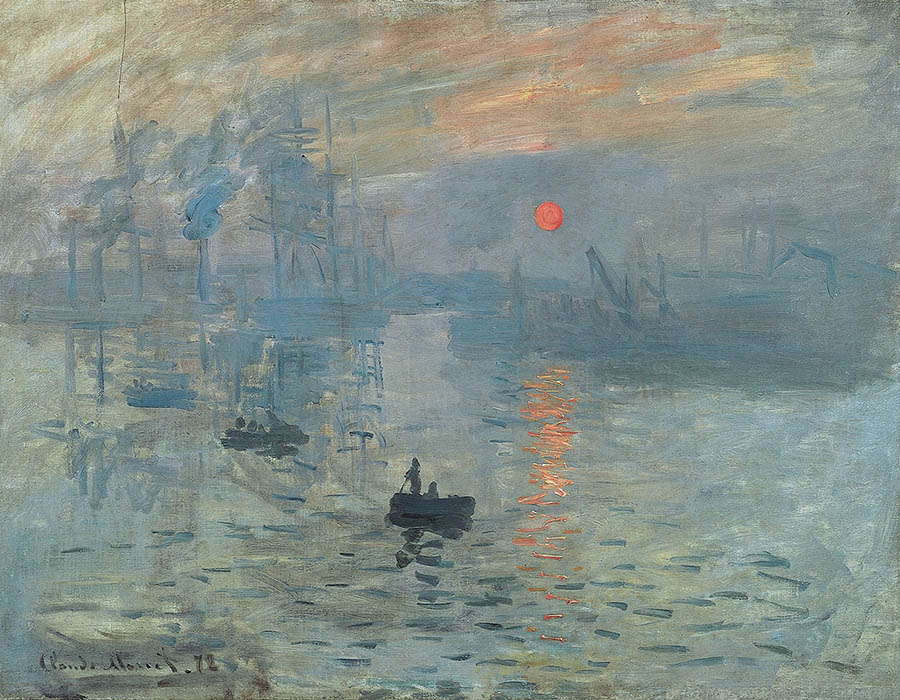 Impression, Sunrise (1872)
Impression, Sunrise (1872)
Monet was a French painter and the most famous among the impressionists.
The term “Impressionism” arose from a criticism of one of his first paintings, “Impression, sunrise”. The expression – originally used pejoratively – was adopted by the followers of the movement, who were aware of the revolution they were about to start in painting.
Mary Cassatt (1844–1936)
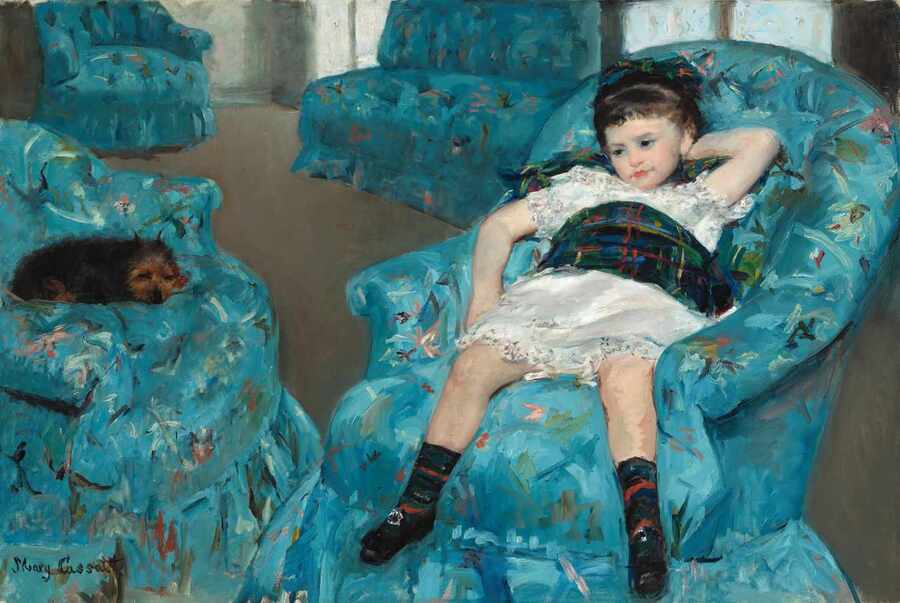 Girl in the Blue Armchair (1878)
Girl in the Blue Armchair (1878)
Mary Cassatt spent much of her adult life in France, having been a great friend of Edgar Degas and exhibiting her work with the Impressionists. Her works are often about women's private and social lives, with an emphasis on the intimate moments of mothers and their children.
She was described by Gustave Geffroy in 1894 as one of the “three grand dames of impressionism”, along with Marie Bracquemond and Berthe Morisot.
Vincent van Gogh (1853–1890)
 Starry Night (1889)
Starry Night (1889)
Vincent Van Gogh, considered one of the greatest Dutch painters in history, if not the greatest, had little success during his lifetime. All of his work (about 900 paintings and 1100 drawings) was produced over a period of just 10 years, before he succumbed to mental illness (possibly bipolar disorder) and committed suicide.
His fame grew rapidly after his death, especially after the exhibition of 71 paintings in Paris on March 17, 1901. Several of them are among the most expensive in the world.
Gustav Klimt (1862–1918)
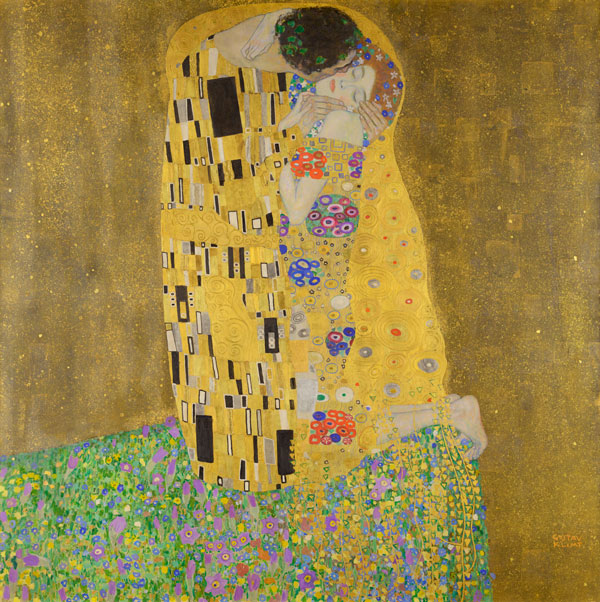 The Kiss (1907)
The Kiss (1907)
Austrian painter known for his paintings and His works are marked by a dose of eroticism.
Initially successful as a conventional academic painter, his encounter with more modern trends in European art encouraged him to develop his own eclectic and often fantastical style.
Pablo Picasso (1881–1973)
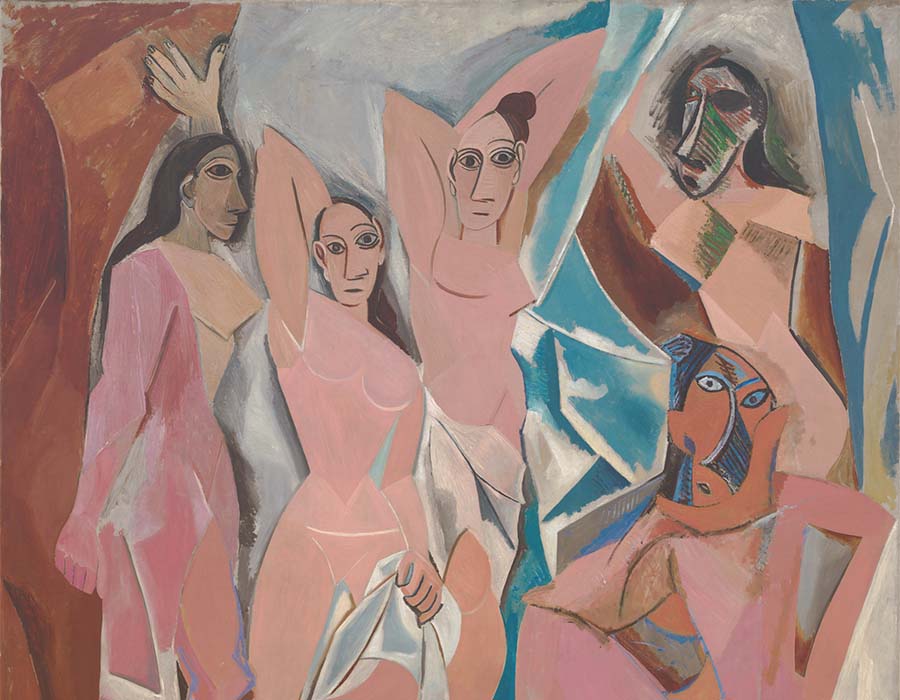 Les Demoiselles d'Avignon (1907)
Les Demoiselles d'Avignon (1907)
Picasso was a Spanish painter, sculptor, engraver, ceramist and set designer considered one of the greatest and most influential artists of the 20th century.
His works have matured from the naturalism of his childhood to Cubism, Surrealism and beyond, shaping the direction of modern and contemporary art over the decades.
Georgia O'Keeffe (1887–1986)
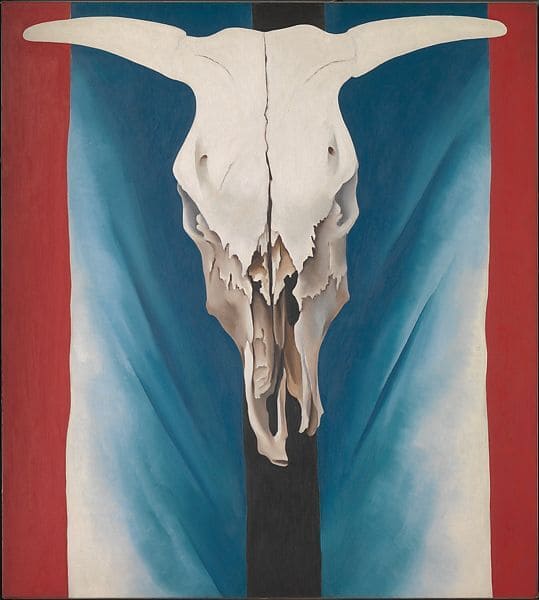
Cow: Red, White and Blue (1931)
Georgia lived to be 98 and never stopped developing as an artist – or thinking about what that means to be, contributing immensely to Modern Art.
She never formally recorded her theories on art, however, she left behind a wealth of interviews and letters that reveal how she approached her painting practice, as well as the experiences and environments that inspired her.
Frida Kahlo (1907–1954)
 Self-Portrait with Necklace of Thorns and Hummingbird (1940)
Self-Portrait with Necklace of Thorns and Hummingbird (1940)
With a personal life marked by tragedies, intense love relationships and strong political involvement, Frida Kahlo's paintings brought many symbolisms and autobiographical elements, mixing realism and fantasy.
Today, the artist is known worldwide for her art, history, thoughts and perspectives on life.
Jackson Pollock (1912–1956)
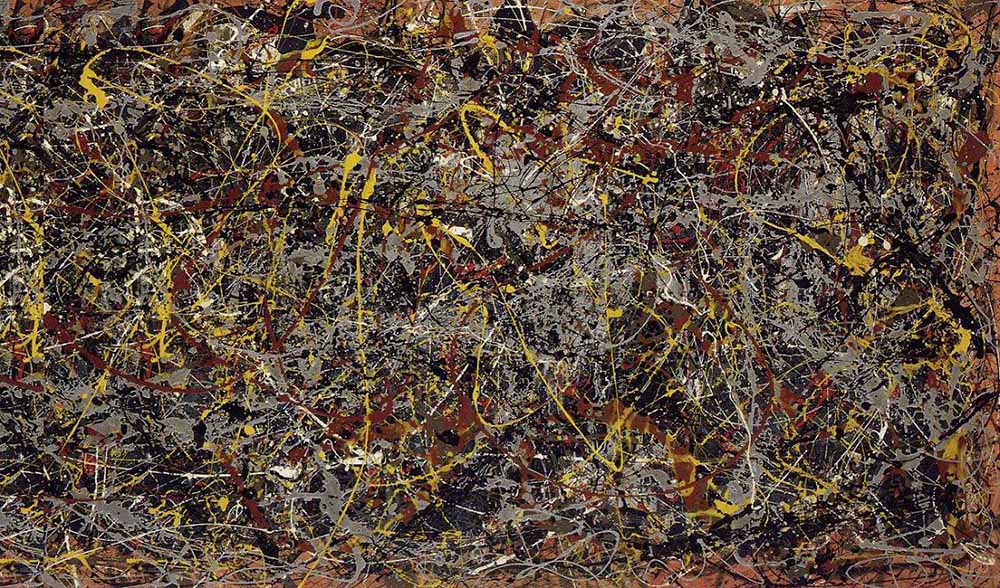 No. 5 (1948)
No. 5 (1948)
Pollock was one of the leading exponents of Abstract Expressionism, an artistic movement characterized by free association gestures in painting.
His works had enormous influence on other professionals and many artistic movements that emerged in the United States.
Jean-Michel Basquiat
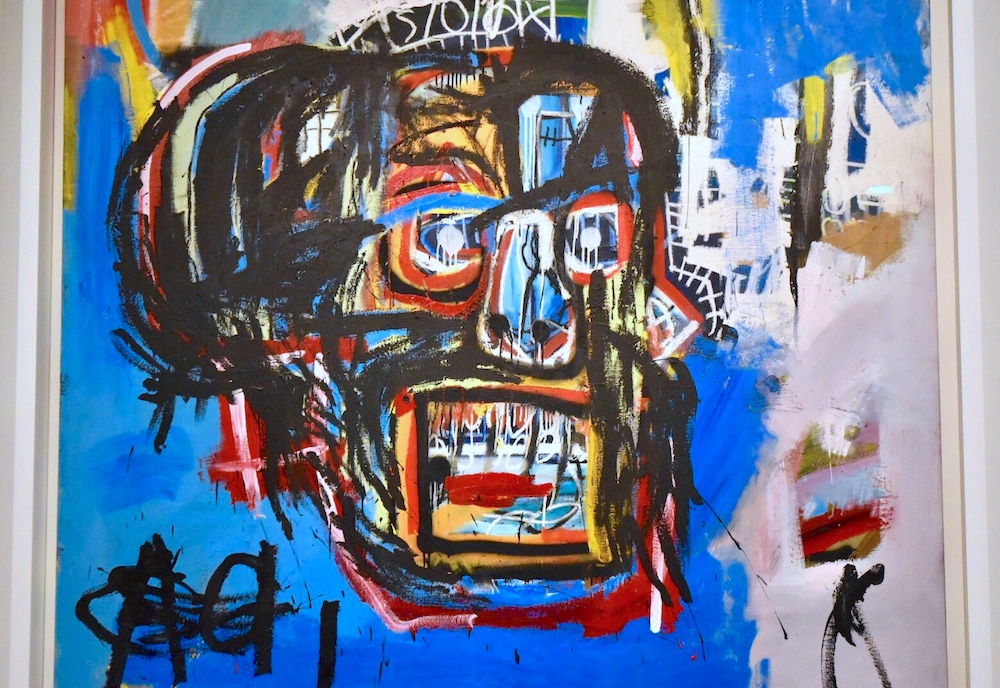 Sin título (1982)
Sin título (1982)
Basquiat gained popularity first as a graffiti artist in midtown Manhattan and later as a painter. His works are still an influence on many artists and have often fetched high prices at art auctions. In 2017, Untitled (1982) sold for $110.5 million, making it one of the most expensive works ever purchased.
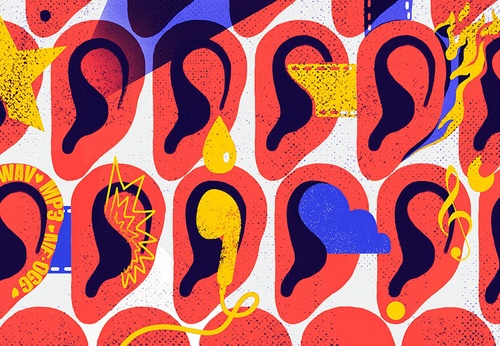
- July 18, 2025
Gallery of Illustration by Yanaisy Puentes – Cuba
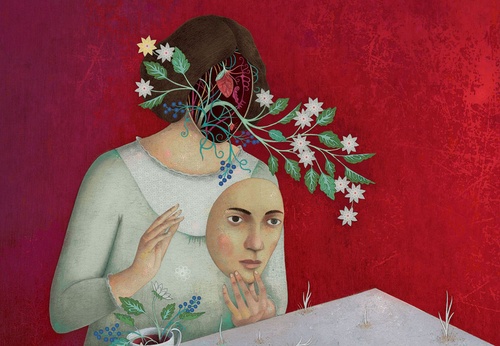
- July 18, 2025
Gallery of Illustration by Alefes Silva – Colombia
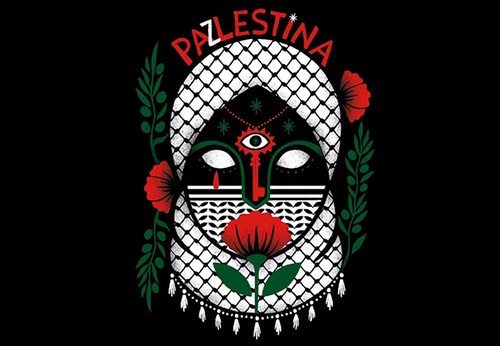
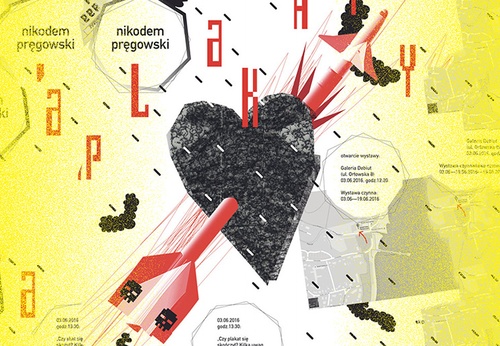
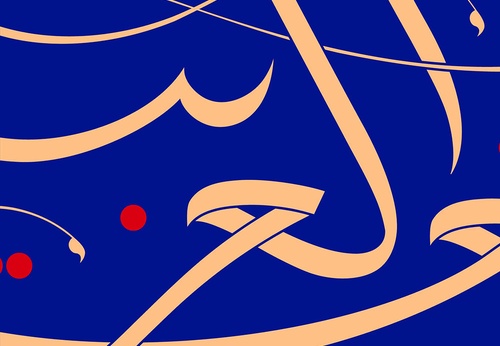
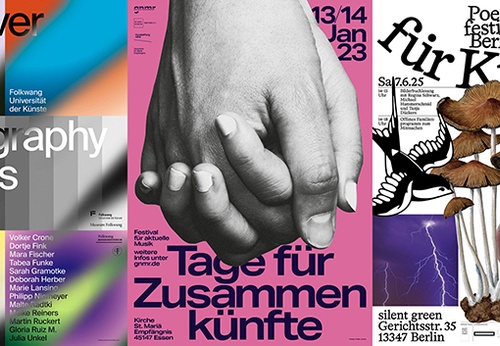

- July 18, 2025
Gallery of Graphic Works by Rodrigo Castello from Brazil

- July 17, 2025
Syria
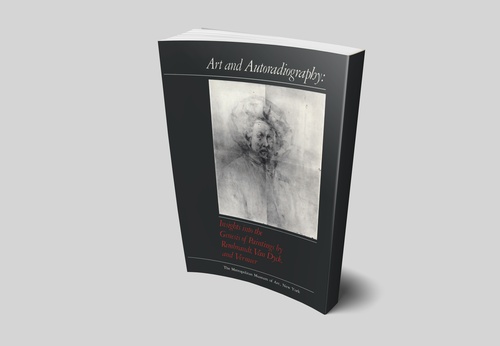

- July 16, 2025
Impact of Digital Artists on Media

- July 16, 2025
Influence of 19th-Century Styles on Mod…

- July 16, 2025
How does AI help discover creative idea…

- July 15, 2025
How does Artificial Intelligence help d…

- July 15, 2025
Differences between modern art and cont…

- July 14, 2025
Visual Techniques in Advertising Photog…

- July 14, 2025
Graphic Design and the Creation of Icon…

- July 13, 2025
Latin American painting

- July 13, 2025
Culture, art and music in Colombia

- July 10, 2025
The Evolution of Graphic Design from Ty…

- July 10, 2025
How Digital Artists Collaborate with Ar…

- July 09, 2025
The Value of Art in Education

- July 09, 2025
Art as a Reflection of Society

- July 08, 2025
The history of Bolivian art

- July 08, 2025
Protecting Art in the Age of Artificial…

- July 04, 2025
Graphic Design and Creating Iconic Bran…

- July 04, 2025
Photography as a Tool for Telling Histo…

- July 03, 2025
Painting and abstract art: differences …

- July 02, 2025
The Best Software for Digital Art and G…

- July 01, 2025
How Digital Artists Collaborate with Ar…

- August 29, 2023
The history of Bolivian art

- February 19, 2024
Analysis and meaning of Van Gogh's Star…

- January 28, 2024
Culture and Art in Argentina

- September 25, 2023
What is the importance of art in human …

- September 23, 2023
What is paint?

- August 10, 2023
14 questions and answers about the art …

- August 30, 2023
First artistic manifestations

- August 23, 2023
The 11 types of art and their meanings

- September 23, 2023
History of painting

- January 12, 2024
10 most beautiful statues and sculpture…

- September 23, 2023
Painting characteristics

- August 16, 2023
The 15 greatest painters in art history

- April 06, 2024
History of visual arts in Ecuador

- March 26, 2024
The importance of technology in art1

- January 31, 2024
Examples of Street Art – Urban Art

- March 26, 2024
Cultural identity and its impact on art…

- January 20, 2024
What is the relationship between art an…

- April 07, 2024
Graffiti in Latin American culture

- August 25, 2024
A Comprehensive Analysis of the Cartoon…

- October 21, 2023
Contemporary art after the Second World…

- February 19, 2024
Analysis and meaning of Van Gogh's Star…

- August 13, 2023
9 Latino painters and their great contr…

- August 10, 2023
14 questions and answers about the art …

- August 29, 2023
The history of Bolivian art

- January 28, 2024
Culture and Art in Argentina

- August 23, 2023
The 11 types of art and their meanings

- November 06, 2023
5 Latin American artists and their works

- August 27, 2023
15 main works of Van Gogh

- September 23, 2023
Painting characteristics

- September 23, 2023
What is paint?

- September 25, 2023
What is the importance of art in human …

- December 18, 2023
10 iconic works by Oscar Niemeyer, geni…

- August 30, 2023
First artistic manifestations

- March 26, 2024
Cultural identity and its impact on art…

- January 20, 2024
What is the relationship between art an…

- January 12, 2024
10 most beautiful statues and sculpture…

- October 30, 2023
Characteristics of Contemporary Art

- August 22, 2023
What are Plastic Arts?

- April 16, 2024
The most important painters of Latin Am…

- August 24, 2023


